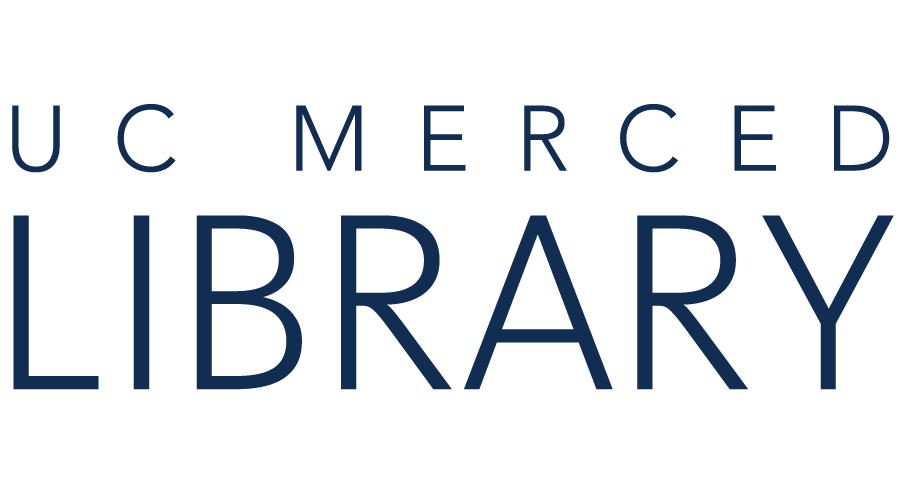Start with our Chatbot. If it can't help, you'll have the option to be connected with a Librarian.
North Carolina State University (NCSU) Libraries, 3:14
Questions:
Evaluating sources is an important step of the research process.  The evidence you choose to use for your research should accurately support what you are trying to argue and it should lend credibility to your work. If you cherry pick your sources, or find quotes that "kind of" fit in your paper, that can have the opposite effect.
The evidence you choose to use for your research should accurately support what you are trying to argue and it should lend credibility to your work. If you cherry pick your sources, or find quotes that "kind of" fit in your paper, that can have the opposite effect.
Use the advice on this page to help guide you as you choose the best sources to help you answer your research question.
Check out this short video (2:34) from Western University on How to Read a Scholarly Article.
Check out this short video (5:30) from the University of Minnesota for tips on reading scientific articles.
Reports of research studies usually follow the IMRaD format. IMRaD (Introduction, Methods, Results, [and] Discussion) is a mnemonic for the major components of a scientific paper. These elements are included in the overall structure outlined below.
I. The Title Page
II. Abstract: “Structured abstract” has become the standard for research papers (introduction, objective, methods, results and conclusions), while reviews, case reports and other articles have non-structured abstracts. The abstract should be a summary/synopsis of the paper.
III. Introduction: The “why did you do the study”; setting the scene or laying the foundation or background for the paper.
IV. Methods: The “how did you do the study.”
Describe the --
V. Results: The “what did you find” --
VI. Discussion: Place for interpreting the results
VII. Conclusions: [occasionally optional or not required]. Do not reiterate the data or discussion. Can state hunches, inferences or speculations. Offer perspectives for future work.
VIII. Acknowledgements: Names people who contributed to the work, but did not contribute sufficiently to earn authorship. You must have permission from any individuals mentioned in the acknowledgements sections.
IX. References: Complete citations for any articles or other materials referenced in the text of the article.
Peer review is a process for evaluating research studies before they are published by an academic journal. These studies typically communicate original research or analysis for other researchers.
 |
 |
 |
 |
 |
|
Try searching in UC Library Search or a library database and look for options to limit your results to scholarly/peer-reviewed or academic journals. You can also check Ulrichsweb, see below for details...
Many databases offer the option to search for "peer-reviewed" journal articles - those are academic articles reviewed by the authors' peers for accuracy during the editing and publishing process.
If you are using a database that does not have this filter option, or if you find an article citation somewhere else, you can check if the article was published in a "peer-reviewed" journal or magazine by using Ulrichsweb.


If your publication does not appear in Ulrichsweb, please contact a librarian for more help.
When evaluating sources of information  for accuracy and credibility, there are many aspects of the source that you can consider. One source that might not fit your research question could still be useful to someone else, so it's not helpful to think about "good" or "bad" sources. Most importantly, if a resource is from a trustworthy author or organization and helps you answer your research question, then you have identified a useful source. Please contact your instructor or a librarian if you would like more help!
for accuracy and credibility, there are many aspects of the source that you can consider. One source that might not fit your research question could still be useful to someone else, so it's not helpful to think about "good" or "bad" sources. Most importantly, if a resource is from a trustworthy author or organization and helps you answer your research question, then you have identified a useful source. Please contact your instructor or a librarian if you would like more help!

Copyright @ The Regents of the University of California. All rights reserved.
